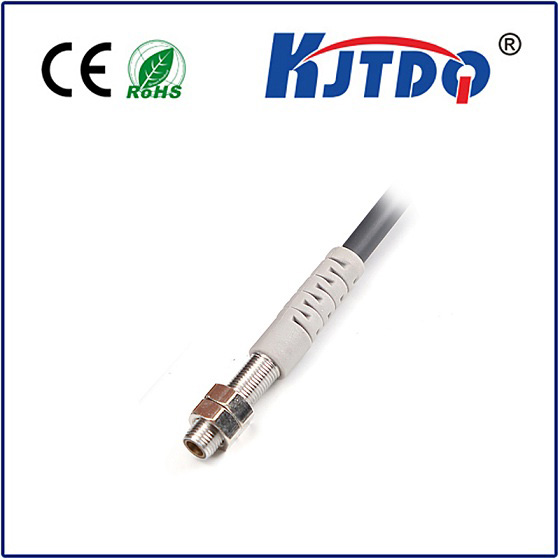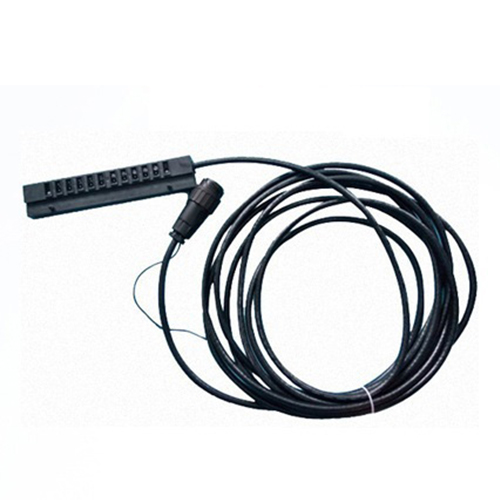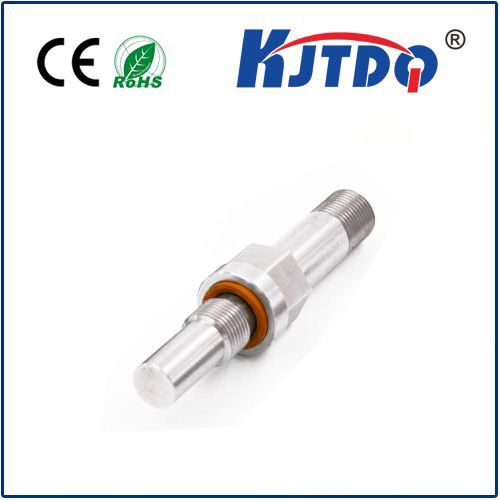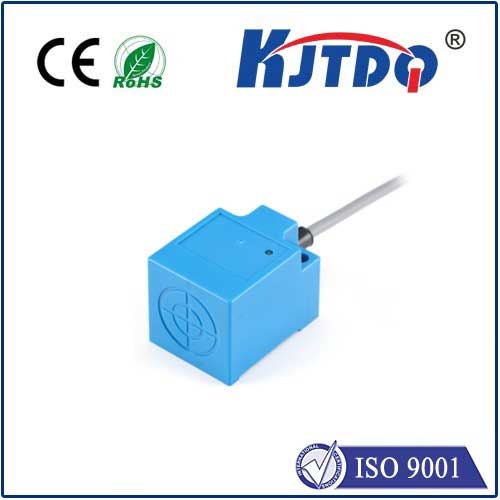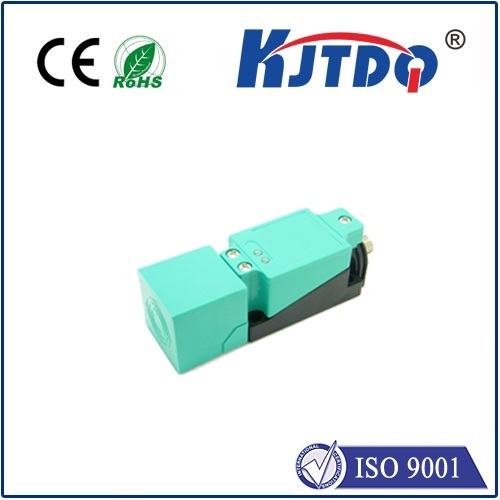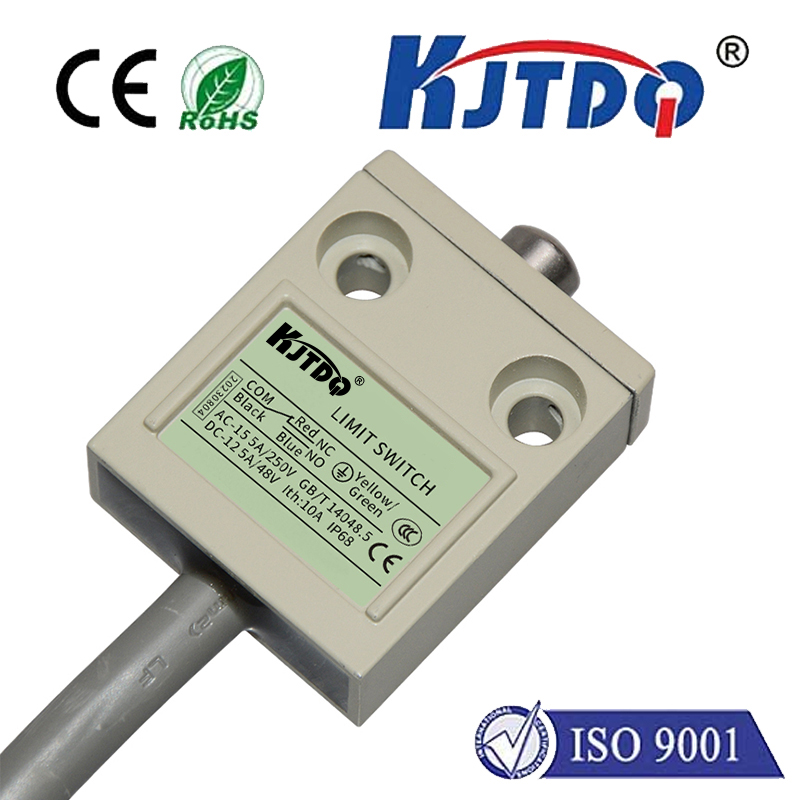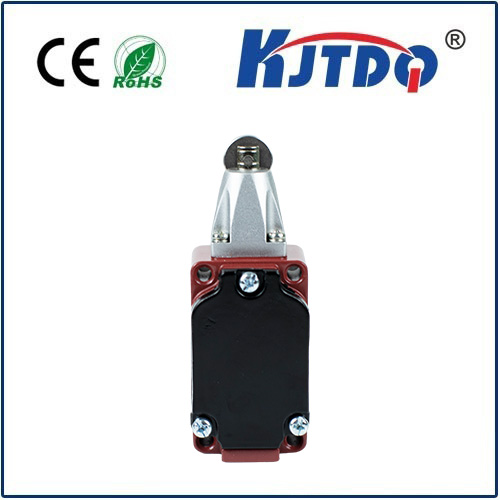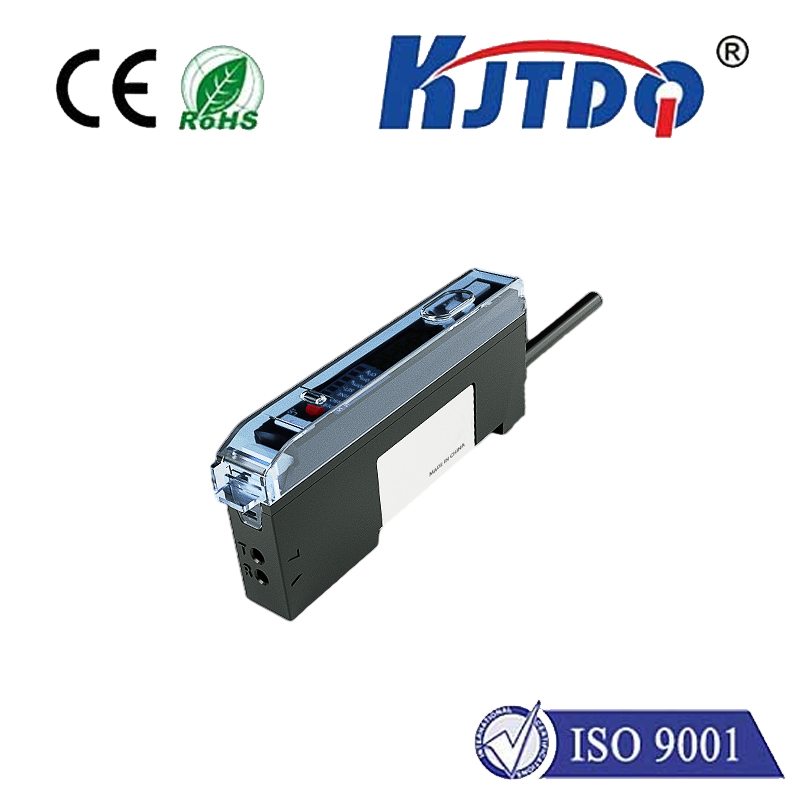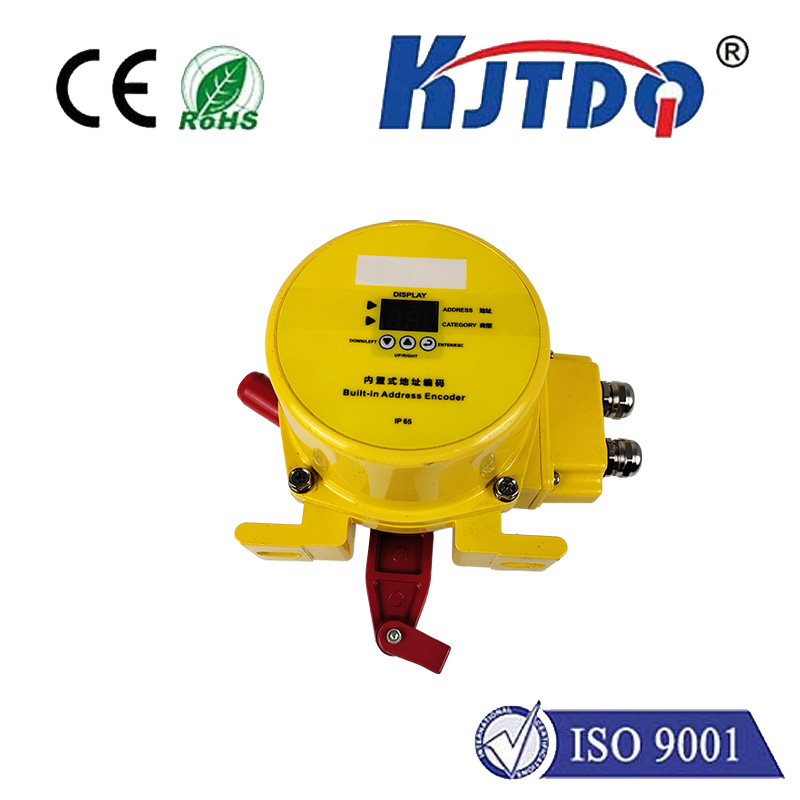iot temperature sensor
- time:2025-08-22 04:47:33
- Нажмите:0
The Silent Sentinels: How IoT Temperature Sensors Are Revolutionizing Industries
Imagine knowing the exact temperature of a critical vaccine shipment crossing continents, the internal conditions of a massive industrial furnace in real-time, or the soil temperature variations across a thousand-acre farm – all without manual checks. This is the transformative reality enabled by IoT temperature sensors, the unsung heroes of the connected world. More than just digital thermometers, these intelligent devices are the foundation for smarter decisions, enhanced safety, and unprecedented efficiency across countless sectors.
Beyond the Basics: What is an IoT Temperature Sensor?
At its core, an IoT temperature sensor is a device that measures ambient or surface temperature and transmits this data wirelessly to a central system or cloud platform via the Internet of Things (IoT) network. Unlike traditional sensors, their power lies in connectivity and data intelligence.
- Sensing: Utilizing various technologies (like thermistors, RTDs, or thermocouples), they accurately capture temperature readings.
- Processing: Often equipped with microcontrollers, they can perform basic processing or filtering of the raw data.
- Connectivity: This is the game-changer. Using protocols like Wi-Fi, Bluetooth Low Energy (BLE), LoRaWAN, NB-IoT, or Cellular (LTE-M, 5G), they transmit data remotely.
- Cloud Integration: Data streams into cloud platforms where it’s stored, analyzed, visualized, and integrated with other systems.
The Engine Room of Innovation: Key Applications
The versatility of IoT temperature sensors drives their adoption across diverse landscapes:

- Cold Chain Management & Logistics: Ensuring the integrity of perishable goods – pharmaceuticals, vaccines, food, and beverages – is paramount. Real-time monitoring throughout the supply chain allows for immediate intervention if temperatures deviate from strict ranges, drastically reducing spoilage and ensuring regulatory compliance. Predictive alerts can notify managers before a refrigeration unit fails.
- Industrial Process Control: In manufacturing environments (chemical, food processing, automotive, etc.), precise temperature control is often critical for product quality, safety, and energy efficiency. IoT sensors provide continuous, granular data from previously hard-to-monitor locations, enabling tighter process optimization and predictive maintenance on heating/cooling systems. Edge computing capabilities allow for ultra-fast, localized control decisions.
- Building Energy Management (BEMS/HVAC): Optimizing heating, ventilation, and air conditioning (HVAC) systems for comfort and cost reduction is a massive opportunity. Networked sensors throughout a building feed data into smart systems that dynamically adjust temperatures based on occupancy, external weather, and usage patterns, leading to significant energy savings.
- Healthcare & Laboratory Monitoring: Protecting sensitive medications, vaccines, blood products, and laboratory samples requires constant vigilance. IoT sensors provide 24⁄7 visibility into storage conditions (refrigerators, freezers, incubators), sending immediate alerts during power outages or equipment malfunctions, safeguarding patient safety and valuable research.
- Smart Agriculture: Precision farming leverages soil temperature data to inform optimal planting times. Ambient temperature in greenhouses can be automatically regulated. Livestock health monitoring uses body temperature sensors to detect illness early. IoT sensors empower farmers to make data-driven decisions for better yields and animal welfare.
- Environmental Monitoring: Tracking temperature in sensitive ecosystems, bodies of water, or urban environments provides critical data for climate research, pollution control, and resource management. Networks of low-power, long-range sensors enable wide-area monitoring.
The Tangible Value Proposition: Why Deploy IoT Temperature Sensors?
The move towards these connected sensors delivers compelling advantages:
- Enhanced Visibility & Control: Gain real-time insights into temperature conditions across distributed assets and locations from anywhere.
- Significant Cost Savings: Reduce energy consumption in HVAC, minimize product spoilage, prevent costly equipment downtime through predictive maintenance, and optimize logistics.
- Improved Quality & Safety: Automate compliance reporting, ensure product integrity, maintain safe working or storage environments, and protect sensitive assets.
- Increased Operational Efficiency: Eliminate the need for manual temperature checks, freeing up staff for higher-value tasks. Faster response times to anomalies.
- Data-Driven Decision Making: Generate actionable insights from historical and real-time trends, enabling process improvements and strategic planning.
Beyond Temperature: The Integrated Data Ecosystem
While measuring temperature is their primary function, the true strength of IoT temperature sensors often lies in their integration with other sensors and systems. Combining temperature data with:
- Humidity sensors
- Pressure sensors
- Vibration sensors
- Location (GPS) data
- Energy consumption monitors
- Enterprise Resource Planning (ERP) or Manufacturing Execution Systems (MES)
Creates a rich contextual picture, unlocking deeper analytics and more sophisticated automation capabilities – the essence of digital transformation.
Implementing Successfully: Key Considerations
Deploying IoT temperature sensors effectively requires careful planning:
- Sensor Selection: Choose the right type (contact/non-contact), accuracy, range, and battery life for the application. Consider environmental factors (hazardous areas, moisture).
- Connectivity: Select the optimal network (Wi-Fi, Cellular, LPWAN like LoRaWAN/NB-IoT) based on range, data rate, power requirements, and cost. Network reliability is crucial for critical monitoring.
- Power Management: Battery-powered sensors need efficient designs for long life. Solar or hardwired options exist where feasible. Low-power design is paramount for scalability.
- Cybersecurity: Protecting sensor data and preventing unauthorized access is non-negotiable. Implement robust authentication, encryption, and network security protocols.
- Data Platform & Analytics: Choose or build a platform that can ingest, store, visualize, analyze, and alert on the incoming data streams effectively. Ensure scalability.
The Future is Sensing
From safeguarding life-saving medicines to optimizing global supply chains and enabling sustainable farming, IoT temperature sensors are proving indispensable. They provide the fundamental, accurate environmental data needed to build safer, more efficient, and more responsive systems. As sensor technology advances (becoming smaller, cheaper, lower-power), connectivity options proliferate (especially 5G and advanced LPWAN), and artificial intelligence enhances analytics capabilities, the potential applications will only expand. These tiny, intelligent devices are quietly but powerfully reshaping how we understand and interact with the thermal world around us.

